The Lost City of Cahokia Mounds, Illinois
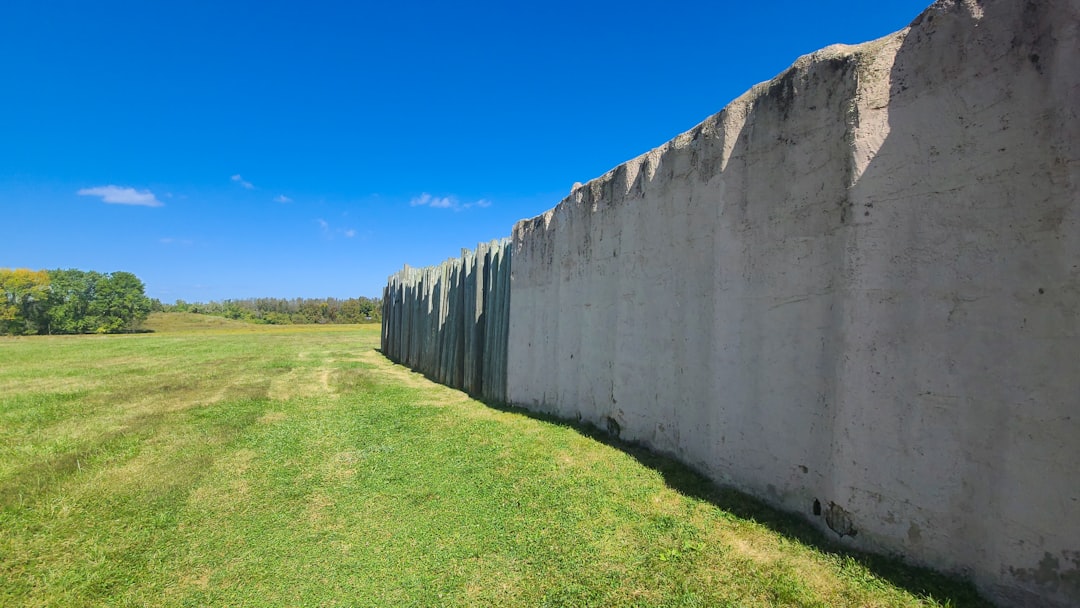
Hidden in plain sight near St. Louis lies what was once the largest city in pre-Columbian North America, yet most Americans have never heard of Cahokia. This sprawling metropolis housed between 10,000 to 20,000 people at its peak around 1050 CE, making it larger than London at the time. The site contains over 80 earthen mounds, including Monks Mound, which rises 100 feet high and covers 14 acres at its base. Recent archaeological research published in 2023 by the University of Illinois revealed sophisticated urban planning with residential districts, plazas, and a complex water management system. The civilization mysteriously disappeared around 1350 CE, leaving behind only these massive earthworks that continue to puzzle researchers. According to the Illinois State Archaeological Survey, less than 2% of visitors to the St. Louis area ever visit this UNESCO World Heritage Site.
Fort De Soto’s Hidden Battery, Florida
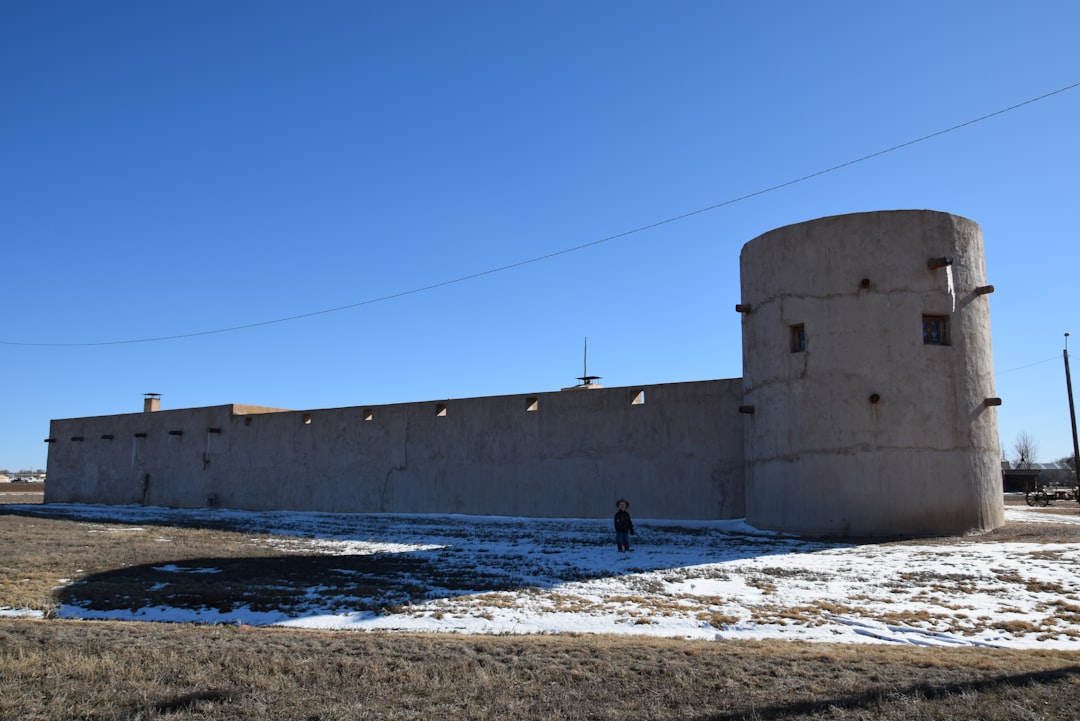
Tucked away on a barrier island in Tampa Bay, Fort De Soto contains the ruins of a Spanish-American War fortification that most beachgoers completely miss. Built in 1898, this coastal defense installation housed massive 12-inch mortars capable of firing 1,000-pound shells up to 12 miles away. The National Park Service reports that while 2.7 million people visit the beaches annually, fewer than 50,000 explore the historic battery ruins. Archaeological excavations conducted in 2024 uncovered personal artifacts from soldiers stationed there, including coins, buttons, and mess kit fragments. The fort’s strategic location guarded Tampa Bay’s shipping channels during a time when America was emerging as a global naval power. What makes this site particularly haunting is that the guns were never fired in anger, standing as silent sentinels of a war that ended before they could prove their worth.
Poverty Point, Louisiana
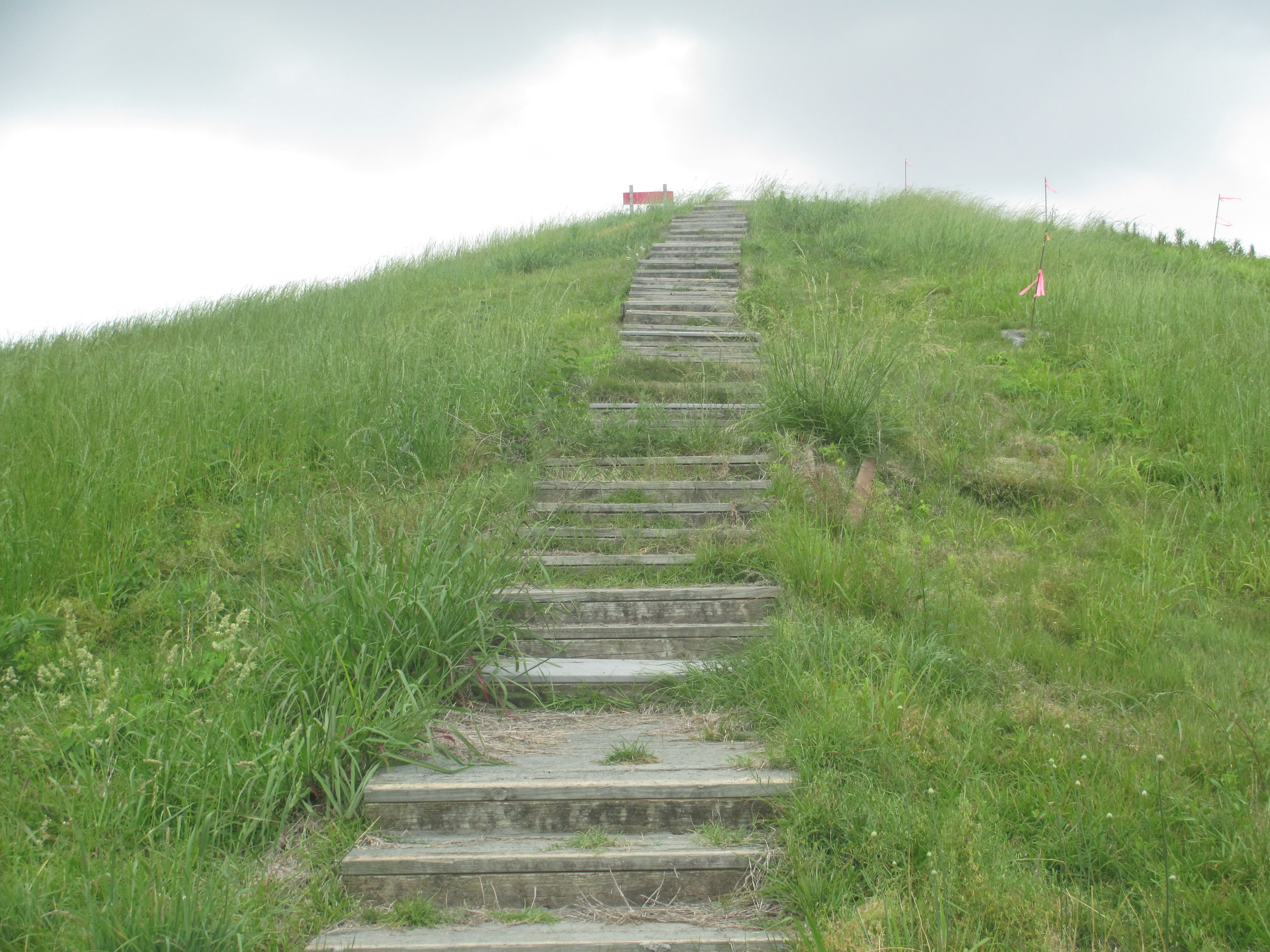
Deep in the Louisiana bayou country sits one of North America’s most enigmatic archaeological sites, where ancient peoples moved millions of cubic yards of earth without metal tools or wheels. Poverty Point, dating back 3,700 years, features massive earthen ridges arranged in concentric semi-circles spanning nearly a mile across. Research published in the Journal of Archaeological Science in 2023 revealed that this hunter-gatherer society imported materials from as far as 1,000 miles away, creating a vast trade network. The site’s bird-shaped mound covers 3 acres and required an estimated 238,500 cubic yards of soil to construct. According to the Louisiana Office of Cultural Development, this UNESCO World Heritage Site receives only about 15,000 visitors annually despite its global significance. The precision of the earthworks suggests astronomical alignments, though researchers continue to debate the site’s exact purpose.
Casa Grande Ruins, Arizona
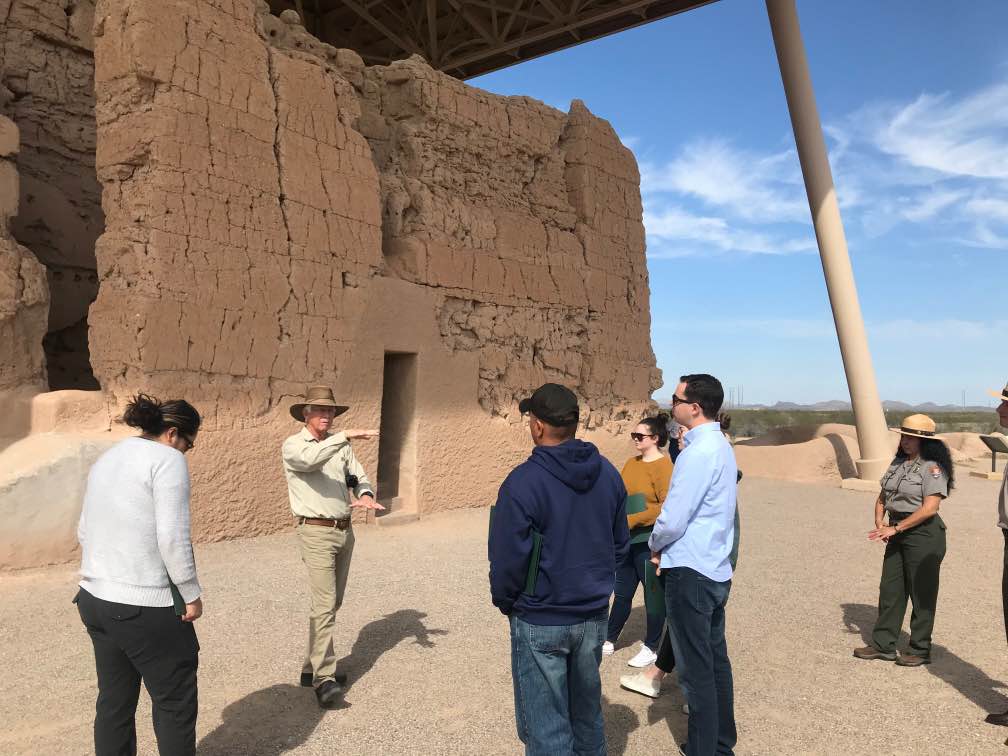
Standing alone in the Sonoran Desert, the Casa Grande Ruins represent one of the most mysterious structures in the American Southwest, yet it remains overshadowed by more famous sites like Mesa Verde. This four-story building, constructed by the Hohokam people around 1350 CE, was already abandoned when Spanish explorers first encountered it in 1694. The structure’s walls, made from caliche soil, have withstood centuries of desert storms and earthquakes, reaching heights of 35 feet. Recent studies by Arizona State University archaeologists in 2024 confirmed that the building’s windows align with celestial events, suggesting it served as an astronomical observatory. The National Park Service data shows that while nearby Phoenix attracts millions of tourists, Casa Grande receives fewer than 60,000 visitors annually. What makes this site particularly intriguing is that the Hohokam people simply vanished, leaving behind only their irrigation canals and this solitary monument to their advanced understanding of architecture and astronomy.
Serpent Mound, Ohio

Winding through the Ohio countryside like a giant snake frozen in time, the Great Serpent Mound stretches 1,348 feet long and remains one of the world’s most impressive effigy mounds. Created by the Adena culture around 300 BCE, this earthwork depicts a serpent with an egg or frog in its mouth, though its exact meaning continues to puzzle archaeologists. The mound averages 3 feet high and 20 feet wide, requiring precise surveying techniques that wouldn’t be matched by European settlers for centuries. Research conducted by the Ohio Historical Society in 2023 using ground-penetrating radar revealed additional features beneath the surface, suggesting the site was even more complex than previously thought. Despite its significance, the site receives only about 85,000 visitors annually, according to the Ohio History Connection. The serpent’s head aligns with the summer solstice sunset, while its curves may represent lunar cycles, demonstrating the sophisticated astronomical knowledge of its creators.
Hovenweep National Monument, Utah-Colorado
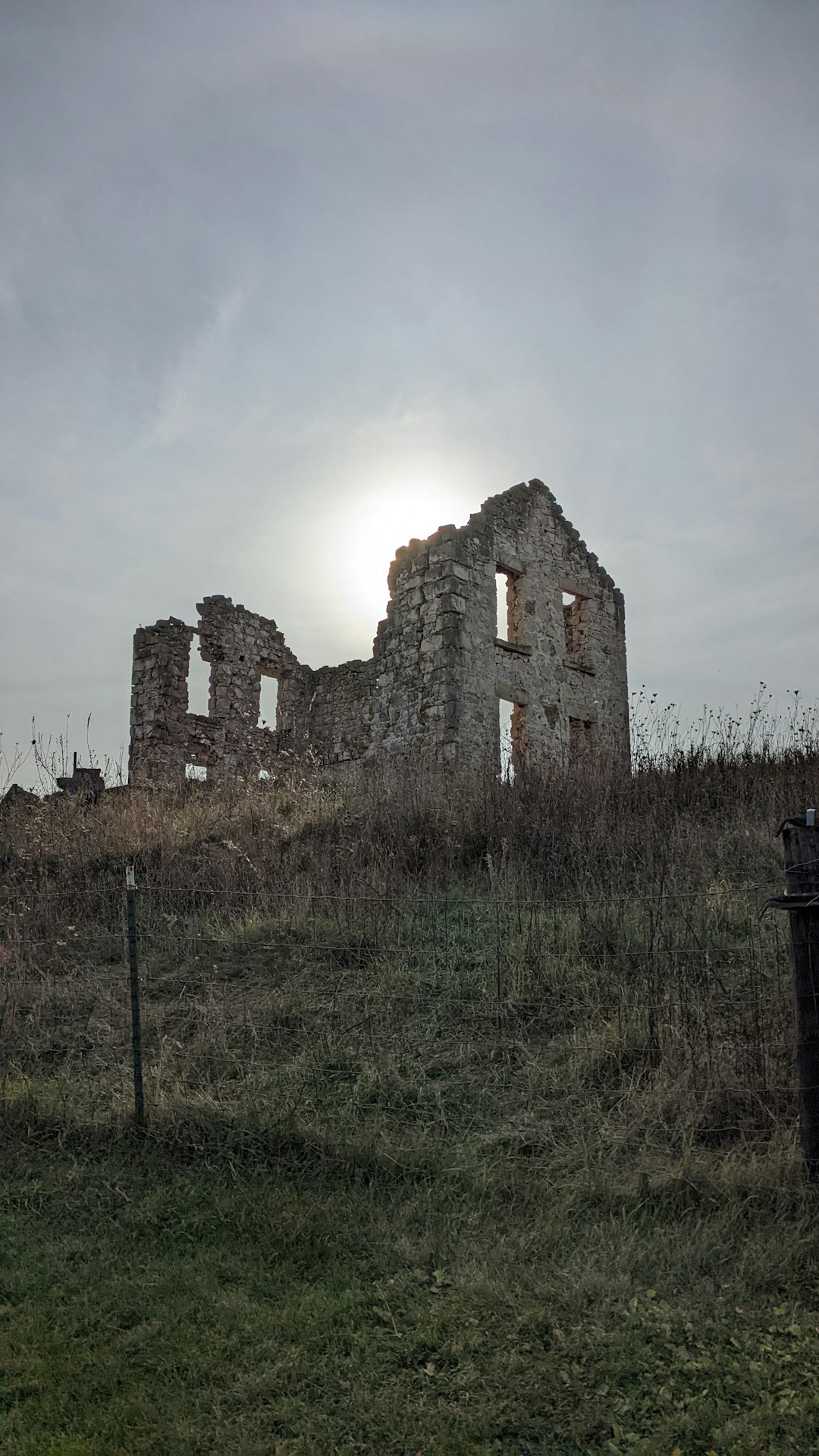
Straddling the Utah-Colorado border, Hovenweep National Monument protects six clusters of Ancestral Puebloan ruins that most Americans have never heard of, despite their remarkable preservation. The name “Hovenweep” comes from a Ute word meaning “deserted valley,” which perfectly describes this remote landscape dotted with 700-year-old towers and dwellings. The site’s most famous structure, Hovenweep Castle, stands three stories tall and demonstrates sophisticated masonry techniques that allowed it to survive centuries of harsh weather. Archaeological surveys completed in 2024 revealed that the area supported over 2,500 people during its peak between 1200 and 1300 CE. The National Park Service reports that while nearby Mesa Verde attracts over 500,000 visitors annually, Hovenweep sees fewer than 40,000. The site’s isolation has preserved not only the structures but also the profound silence that allows visitors to truly experience what these ancient communities might have felt like.
Moundville Archaeological Park, Alabama
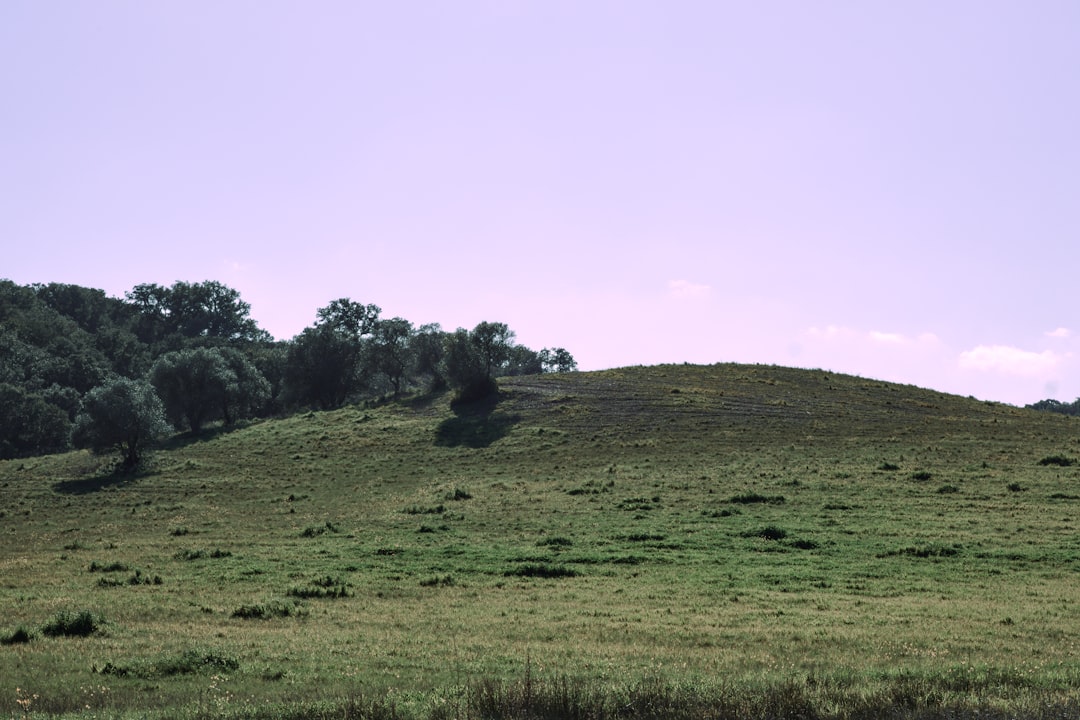
Along the banks of Alabama’s Black Warrior River lies Moundville, once the political and religious center of a Mississippian culture chiefdom that dominated the Southeast from 1000 to 1450 CE. The site contains 29 platform mounds arranged around a central plaza, creating a planned community that housed an estimated 10,000 people at its peak. Recent excavations by the University of Alabama in 2023 uncovered evidence of long-distance trade networks, including copper from the Great Lakes and shells from the Gulf Coast. The largest mound, Mound B, rises 58 feet high and covers 3 acres, requiring an estimated 14 million basketloads of earth to construct. According to the Alabama Historical Commission, the site receives approximately 30,000 visitors annually, a fraction of the crowds that visit Civil War battlefields in the state. The archaeological museum houses over 1,000 artifacts, including elaborate pottery and ceremonial objects that reveal the sophistication of this pre-Columbian civilization.
Chaco Culture National Historical Park, New Mexico
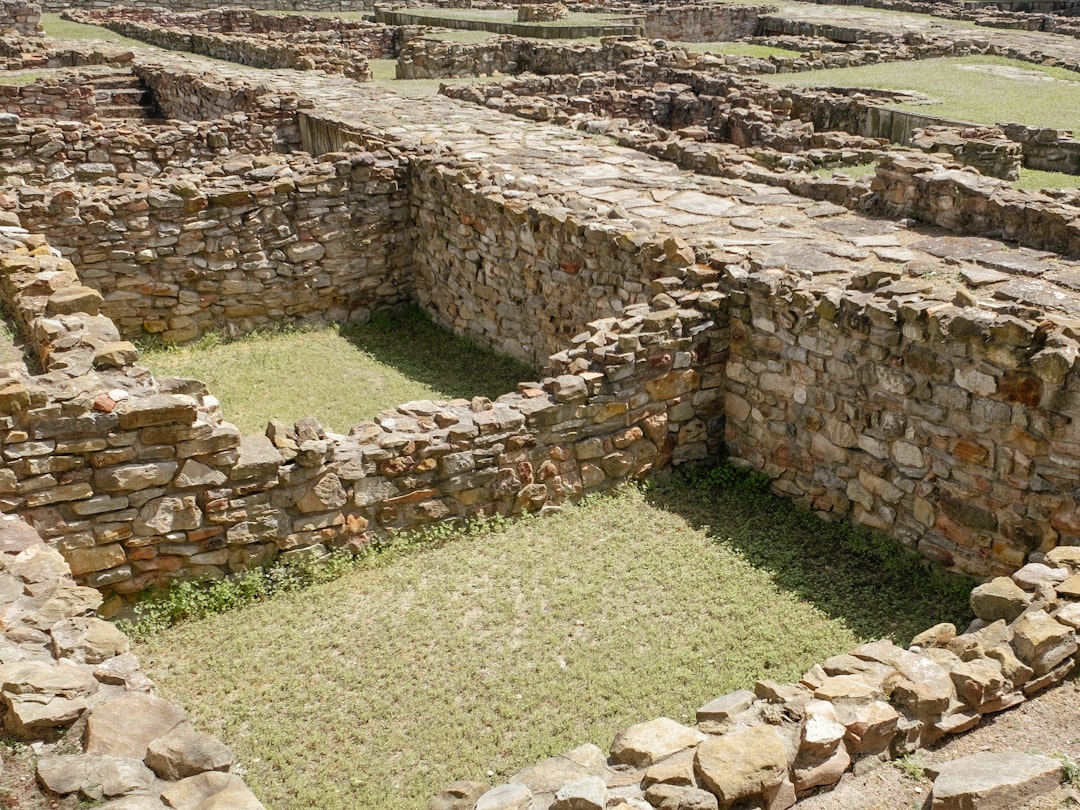
Hidden in a remote canyon in northwestern New Mexico, Chaco Culture National Historical Park preserves the ruins of the most sophisticated society in pre-Columbian North America, yet it remains largely unknown to the general public. Between 850 and 1250 CE, this high desert canyon was the center of a complex civilization that built massive stone structures with astronomical alignments. The Great House of Pueblo Bonito contains over 600 rooms and 40 ceremonial chambers called kivas, making it one of the largest buildings in North America until the 19th century. Research published in the Proceedings of the National Academy of Sciences in 2024 revealed that the Chacoans constructed over 400 miles of roads connecting dozens of outlying communities to the canyon. The site’s remote location means it receives only about 40,000 visitors annually, according to the National Park Service. The precision of the stonework and the complexity of the site plan suggest a level of social organization and engineering skill that challenges traditional views of pre-Columbian societies.
Bandelier National Monument, New Mexico
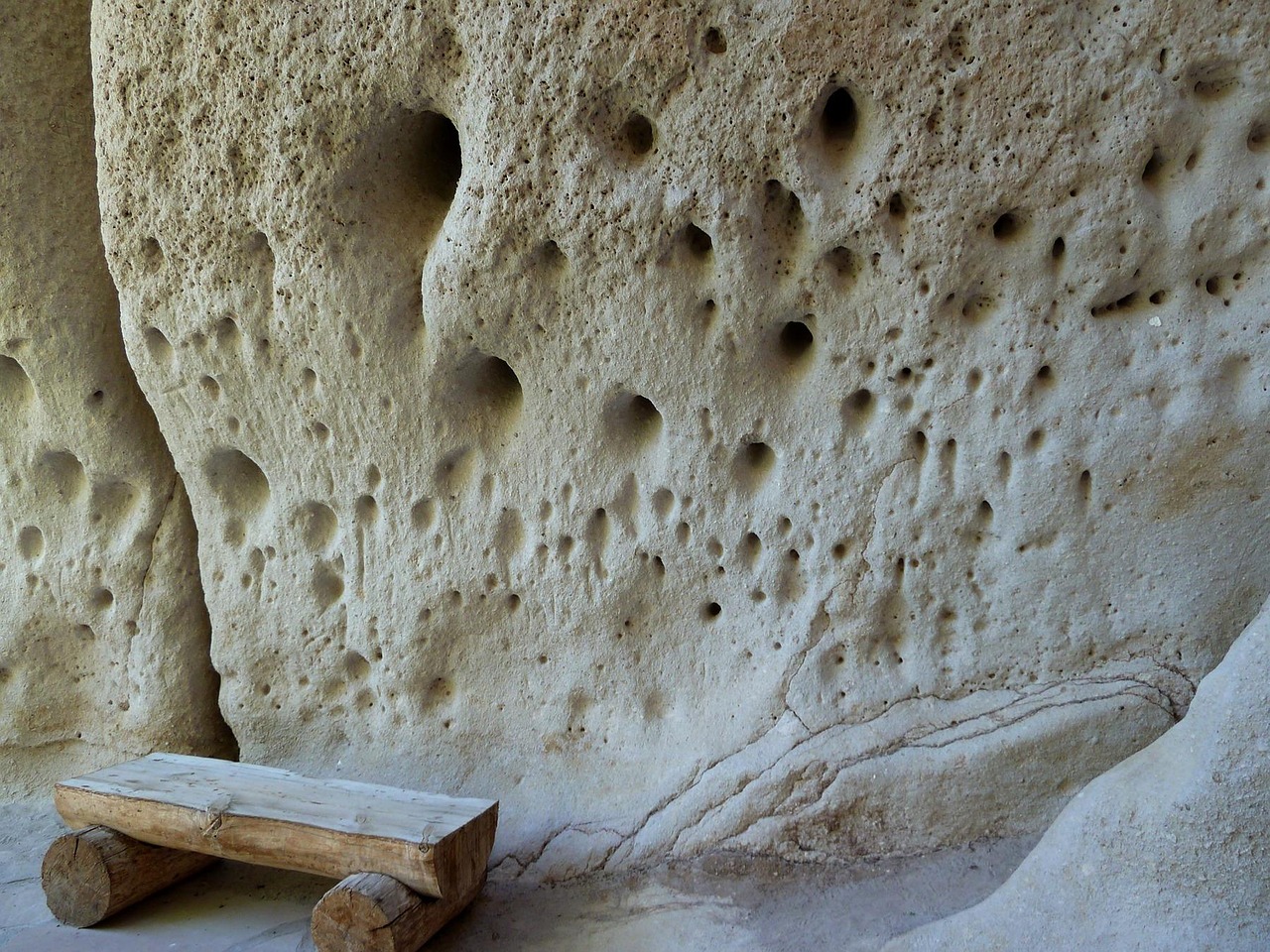
Carved into the volcanic cliffs of Frijoles Canyon, Bandelier National Monument contains ancestral Puebloan dwellings that most tourists miss while rushing between Santa Fe and Los Alamos. The site’s cliff dwellings, constructed between 1150 and 1600 CE, include cavates (rooms carved directly into the soft volcanic rock) and talus houses built against the cliff face. Archaeological studies conducted in 2023 by the Museum of New Mexico revealed that the area supported multiple communities totaling over 3,000 people during its peak occupation. The main loop trail passes dozens of room blocks and ceremonial sites, including a reconstructed kiva where visitors can descend into the underground chamber. Despite its proximity to popular tourist destinations, Bandelier receives about 200,000 visitors annually, far fewer than nearby sites like Taos Pueblo. The site’s name honors Swiss-American archaeologist Adolph Bandelier, who conducted the first systematic study of the ruins in the 1880s, though the Pueblo people had maintained oral histories of their ancestors’ lives there for centuries.
Pipestone National Monument, Minnesota
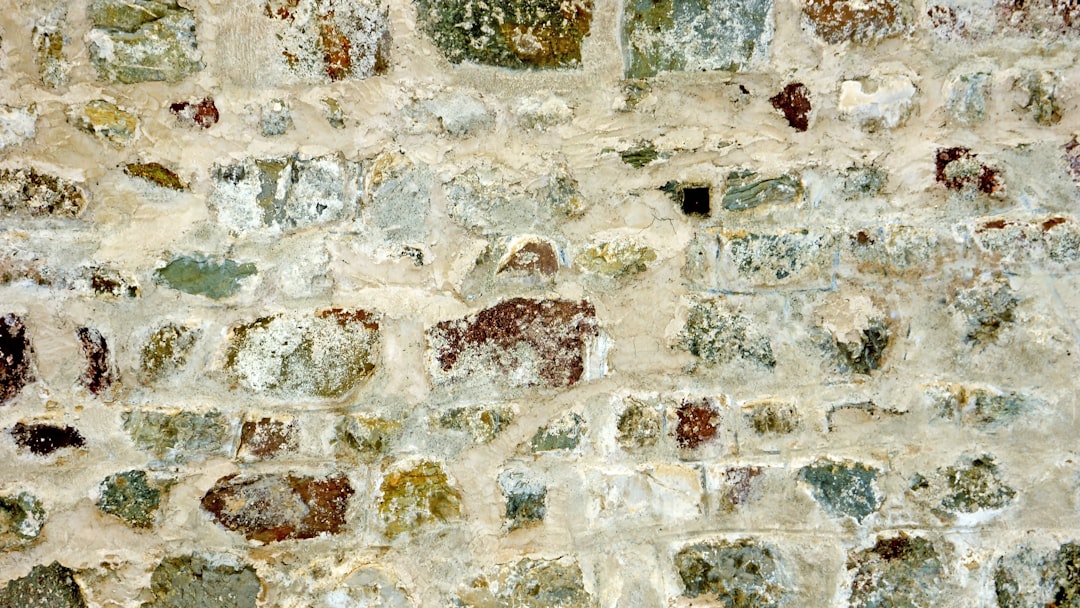
In the prairie grasslands of southwestern Minnesota lies Pipestone National Monument, where Native American tribes have quarried sacred red stone for over 3,000 years, yet few Americans know of its cultural significance. The site’s quartzite quarries produce catlinite, a soft red stone named after painter George Catlin, who documented the quarrying process in the 1830s. According to the National Park Service, representatives from over 20 tribes still visit annually to quarry stone for ceremonial pipes, continuing an unbroken tradition that predates European contact. Archaeological evidence suggests that people traveled hundreds of miles to obtain this sacred material, making the site a neutral ground where traditional enemies could quarry peacefully. The monument receives approximately 60,000 visitors annually, most of whom come for the prairie ecosystem rather than the quarries themselves. Recent geological studies published in 2024 confirmed that the Sioux Quartzite formation here is unique in North America, explaining why this specific location became so culturally important to dozens of tribal nations.
Spiro Mounds, Oklahoma
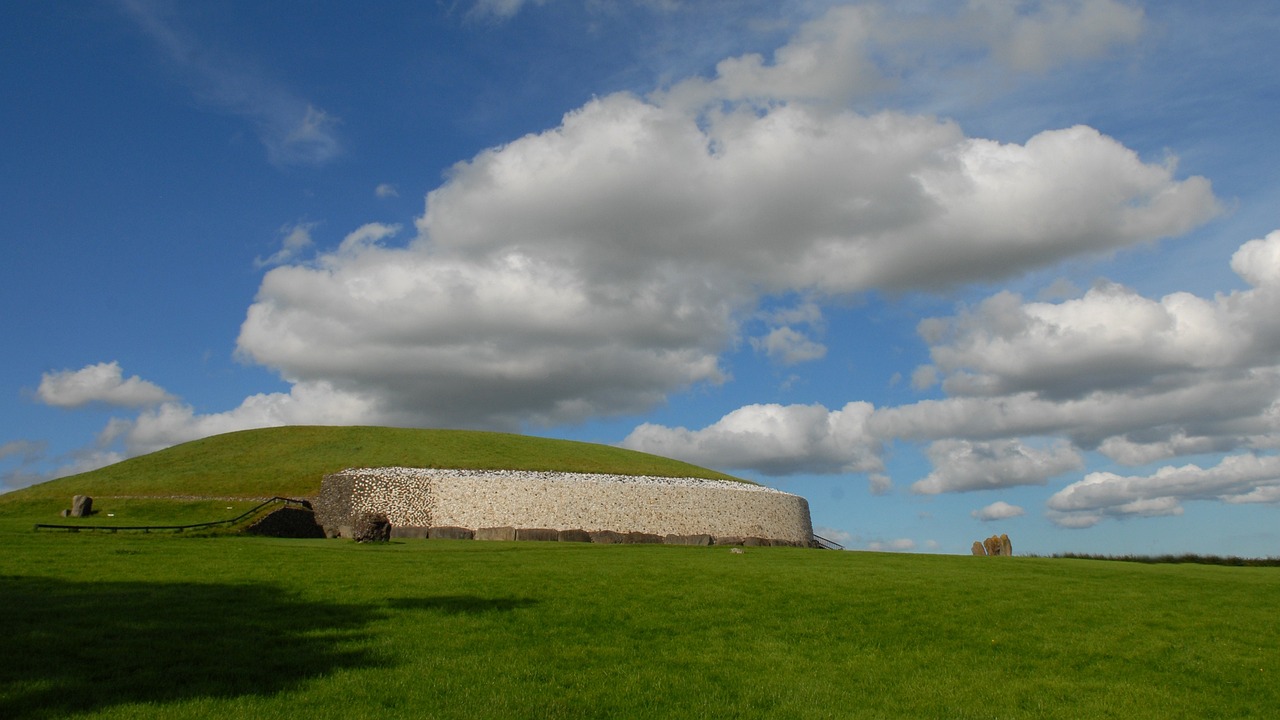
On the banks of the Arkansas River in eastern Oklahoma, Spiro Mounds represents one of the most important archaeological sites in North America, yet it remains virtually unknown outside academic circles. This ceremonial and burial complex, occupied from 850 to 1450 CE, served as the westernmost outpost of the Mississippian culture. The site’s 12 mounds yielded some of the most spectacular pre-Columbian artifacts ever found in North America, including elaborate copper plates, shell gorgets, and textiles that reveal connections to cultures from the Great Lakes to the Gulf of Mexico. Unfortunately, much of the site was destroyed by commercial artifact hunters in the 1930s, leading to new federal laws protecting archaeological sites. Recent research by the Oklahoma Archaeological Survey in 2023 used ground-penetrating radar to identify previously unknown features beneath the remaining mounds. The site receives fewer than 25,000 visitors annually, according to the Oklahoma Historical Society, making it one of the most underappreciated archaeological treasures in the United States.
Ocmulgee Mounds National Historical Park, Georgia
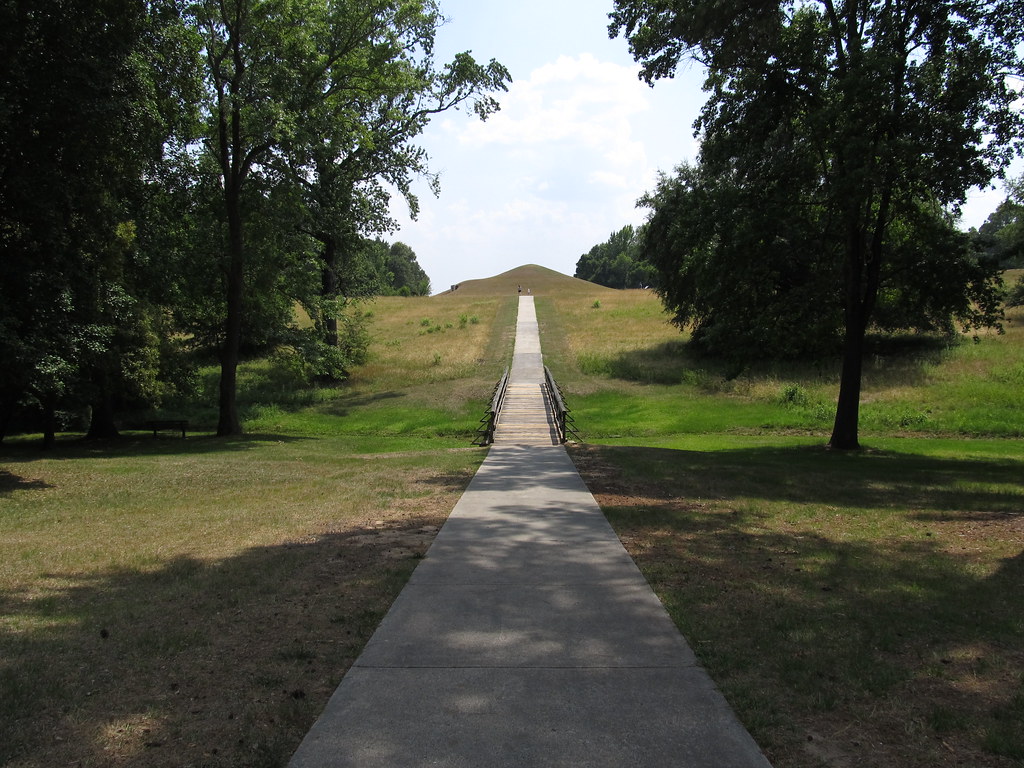
In the heart of Georgia, Ocmulgee Mounds National Historical Park preserves 17,000 years of continuous human habitation, making it one of the longest-occupied sites in North America. The park’s most famous feature is the reconstructed Earth Lodge, a 1,000-year-old ceremonial chamber where visitors can sit on the original clay floor and observe the fire basin and 47 seats arranged around the walls. The Great Temple Mound rises 45 feet above the Ocmulgee River and required an estimated 2.5 million basketloads of earth to construct during the Mississippian period. Archaeological excavations conducted in 2024 by Mercer University revealed new evidence of the site’s role as a major trading center, with artifacts from as far away as the Rocky Mountains and the Atlantic Coast. Despite its significance, the park receives only about 75,000 visitors annually, according to the National Park Service. The site’s museum houses over 2,000 artifacts spanning millennia, including some of the finest examples of Mississippian pottery and stone tools ever discovered in the Southeast.
Conclusion
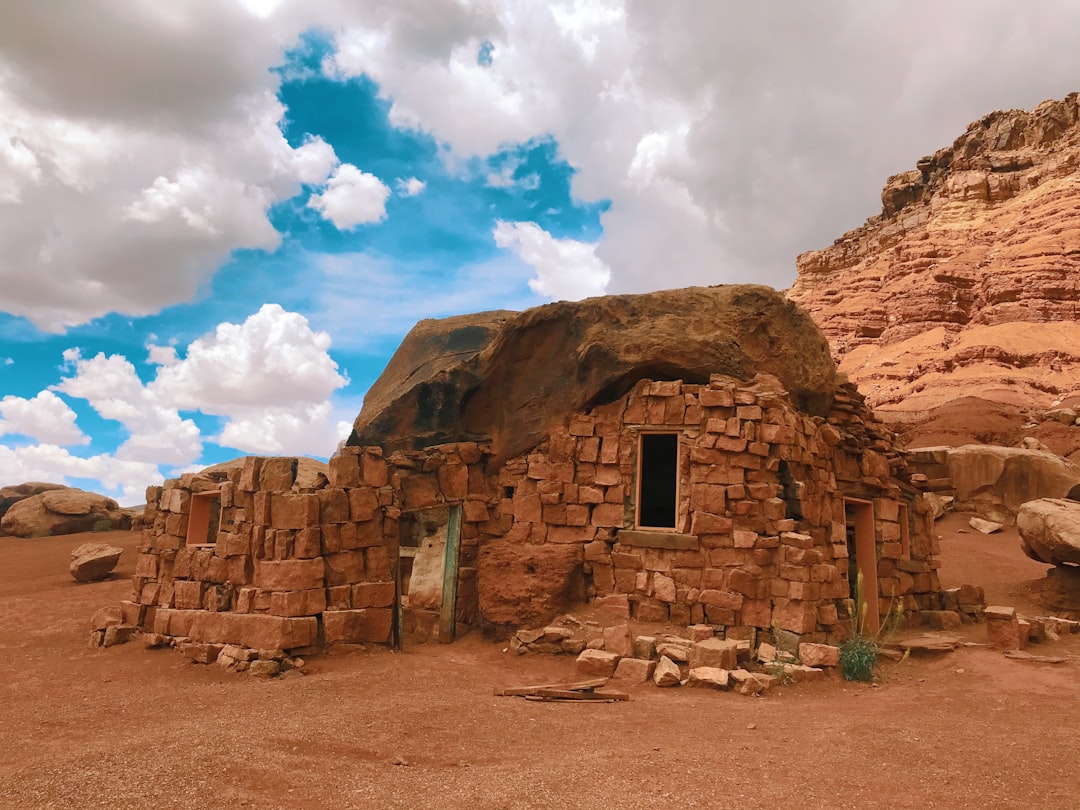
These hidden historic sites reveal the rich tapestry of America’s pre-Columbian past, challenging our understanding of the continent’s history before European contact. From the massive earthworks of Cahokia to the sophisticated astronomy of Casa Grande, these places demonstrate that complex civilizations thrived across North America for thousands of years. Their relative obscurity compared to more famous sites like Mesa Verde or Yellowstone reflects a broader gap in public knowledge about indigenous American history. Each site offers unique insights into the ingenuity, spirituality, and daily lives of the people who called this land home long before it became the United States. What stories might these silent stones tell if we took the time to listen?






